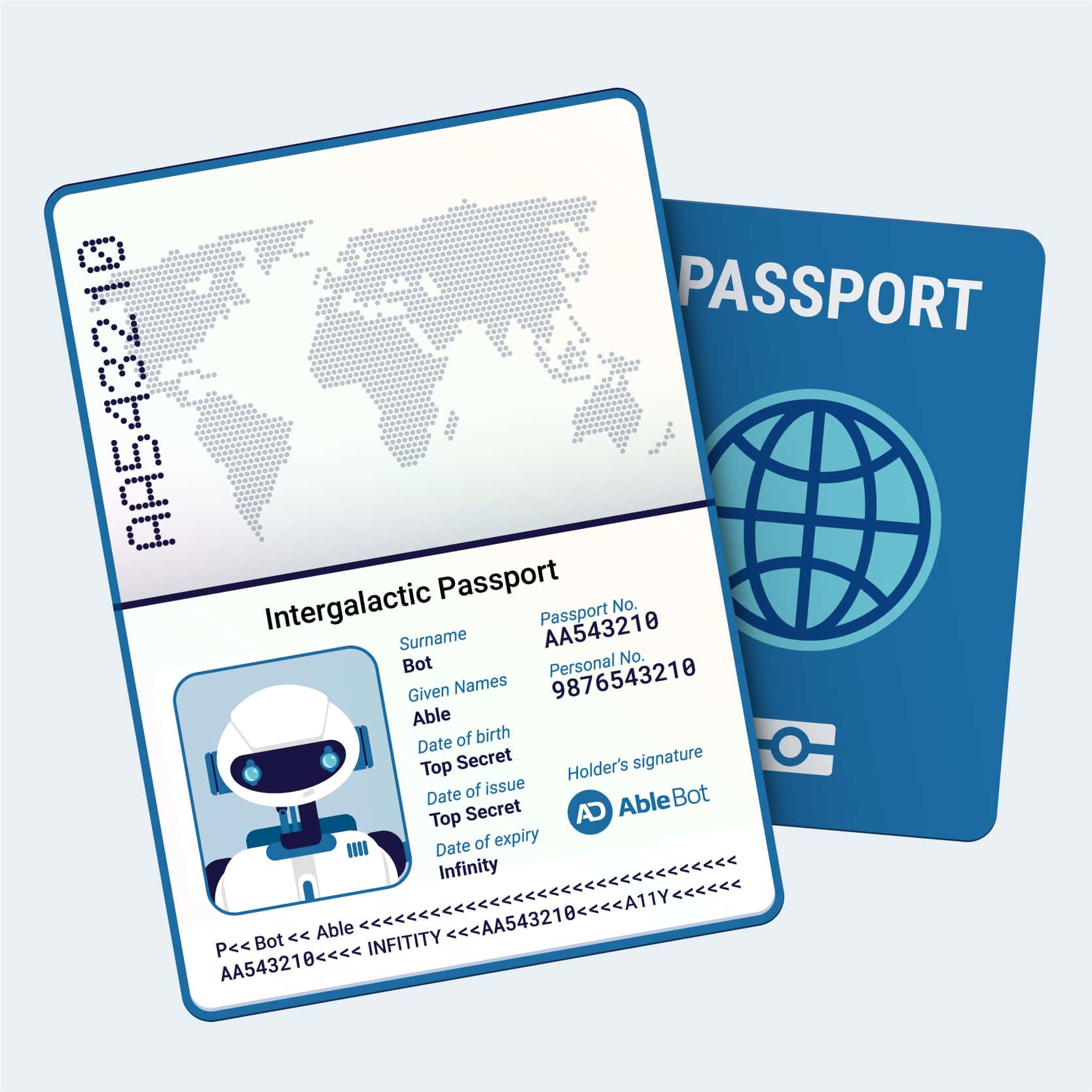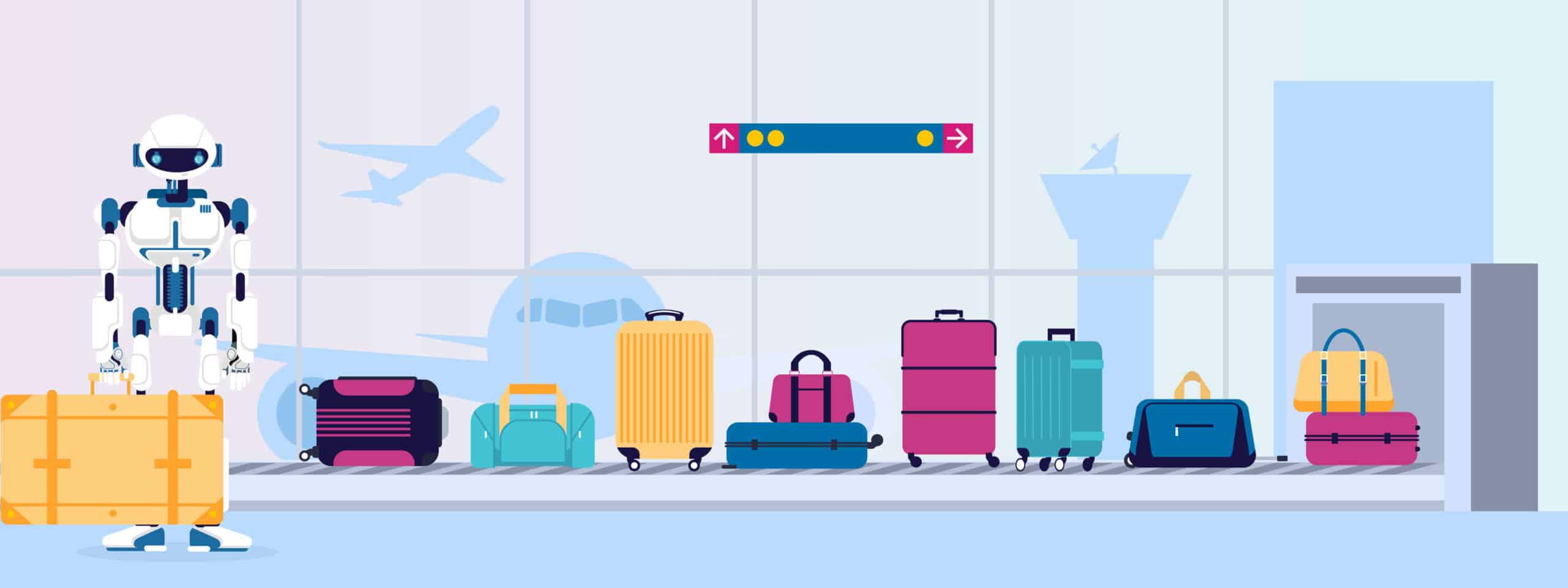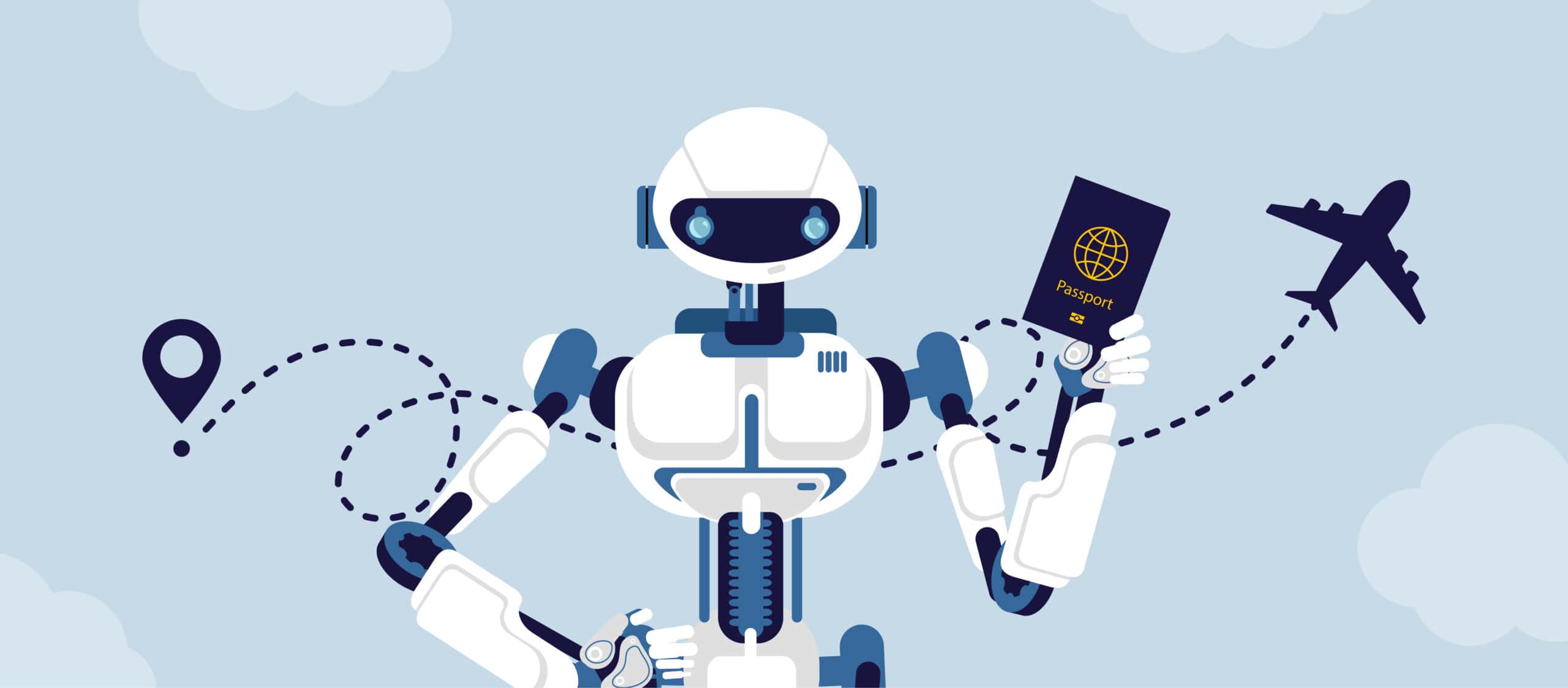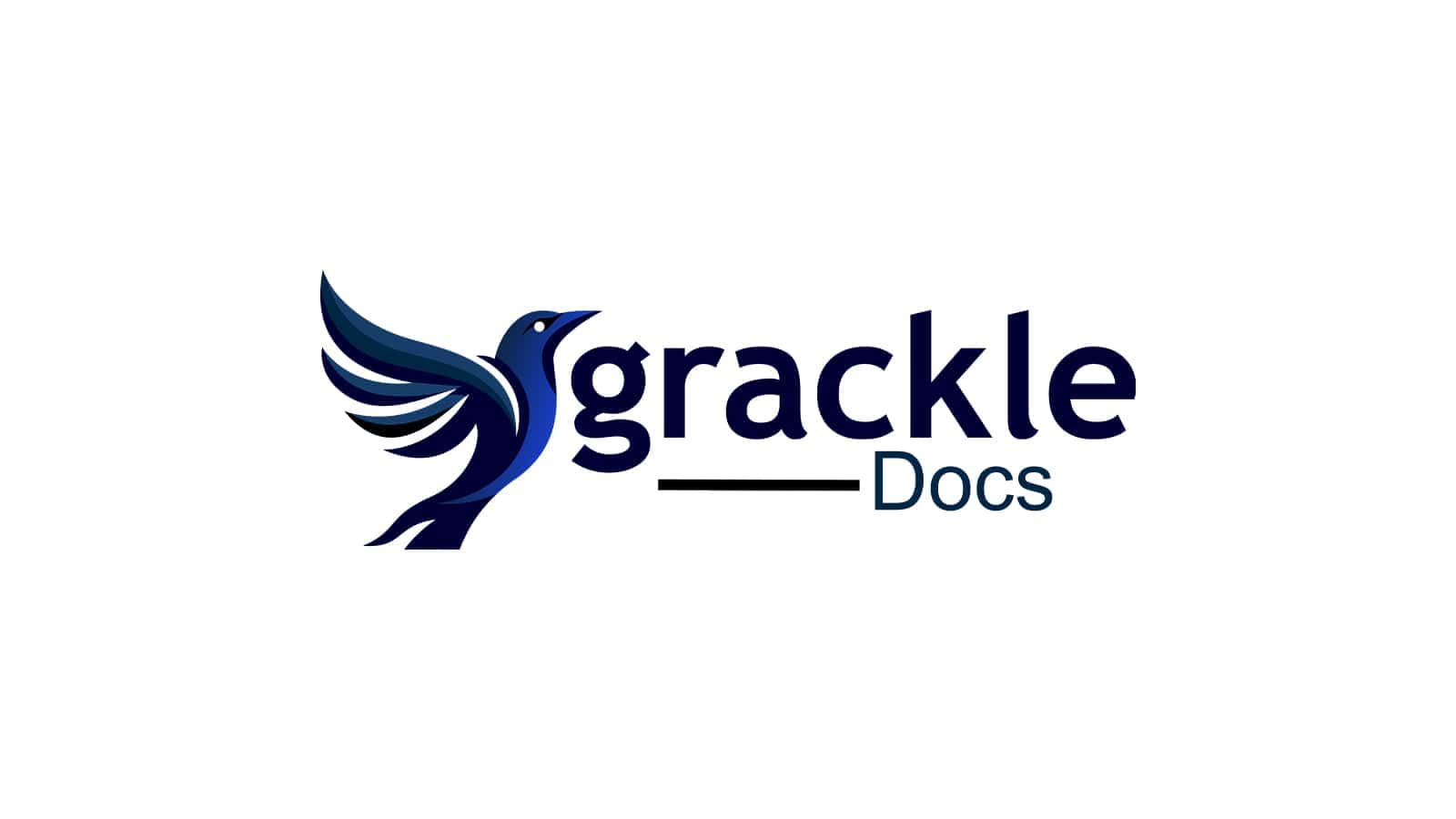Les voyages peuvent être une source de joie et d'excitation, car ils permettent de changer de décor, de découvrir d'autres cultures et de rompre avec la routine quotidienne. Cependant, pour les personnes handicapées, l'expérience peut souvent être stressante et difficile, principalement en raison du manque d'options d'accessibilité à chaque étape du voyage, en particulier dans le domaine numérique. Cet article vise à faire la lumière sur ces défis, depuis la recherche et la réservation jusqu'à la navigation dans les aéroports et l'hébergement dans les hôtels.

Partie 1 : Recherche et réservation - un cauchemar virtuel
Recherche de destinations
L'accessibilité commence bien avant le voyage proprement dit, dès la phase de recherche. Les personnes handicapées doivent s'assurer que la destination, les attractions, l'hébergement et les moyens de transport peuvent répondre à leurs besoins. Cependant, de nombreux sites web touristiques manquent de fonctions d'accessibilité, comme le texte alt pour les images, les sous-titres des vidéos ou la navigation au clavier pour les personnes qui ne peuvent pas utiliser une souris.
Le manque d'informations claires et complètes sur l'accessibilité des attractions ou des destinations est un autre problème majeur. Les utilisateurs parcourent souvent le web à la recherche d'articles de blog, de critiques ou de discussions de forum d'autres personnes souffrant de handicaps similaires pour comprendre la réalité. Ce processus est non seulement long, mais aussi incertain.
Réservation de vols et d'hébergements
Une fois la destination trouvée, le processus de réservation commence. Malheureusement, de nombreuses plateformes de réservation ne sont pas entièrement accessibles aux personnes handicapées. Une personne malvoyante utilisant un lecteur d'écran peut avoir du mal à remplir les formulaires s'ils ne sont pas correctement étiquetés. Par ailleurs, une personne souffrant d'un handicap moteur pourrait avoir des difficultés si la plateforme exige un glisser-déposer ou des réponses rapides (par exemple, lorsque la fenêtre de réservation est limitée). Enfin, une fois la transaction terminée, les documents de référence sont des PDF inaccessibles.
Partie 2 : Le gant de l'aéroport
Enregistrement numérique et navigation dans les aéroports
De nombreuses compagnies aériennes ont numérisé leur processus d'enregistrement, permettant aux passagers de s'enregistrer et d'accéder aux cartes d'embarquement via des applications mobiles. Cependant, ces applications manquent souvent de fonctionnalités pour aider les personnes handicapées, telles que des capacités de voix off ou des interfaces conviviales pour les personnes souffrant de déficiences cognitives.
En outre, la navigation dans les aéroports étendus est une épreuve, en particulier pour les personnes à mobilité réduite. Si la plupart des aéroports fournissent une assistance physique, l'absence d'assistance numérique en temps réel, comme des cartes numériques accessibles ou des applications de guidage, peut être source de stress et d'incertitude.

Partie 3 : Hébergement et excursions - Un manque de clarté et de soutien
Enregistrement dans les hôtels
Dans les hôtels, les bornes d'enregistrement numériques en libre-service sont de plus en plus courantes. Cependant, à l'instar des applications des compagnies aériennes, elles ne répondent souvent pas aux besoins des personnes handicapées. Par exemple, ces bornes peuvent ne pas avoir de braille pour les personnes malvoyantes ou être placées à une hauteur inaccessible pour une personne en fauteuil roulant.
Réservation d'excursions
Enfin, la réservation d'excursions locales en ligne peut refléter l'expérience initiale de réservation. Le manque d'informations détaillées sur l'accessibilité, associé à des plateformes de réservation potentiellement inaccessibles, peut transformer ce qui devrait être une activité passionnante en une expérience frustrante.
Un appel pour plus d'accessibilité numérique
Si les défis physiques auxquels les personnes handicapées sont confrontées lorsqu'elles voyagent sont plus visibles, les difficultés qu'elles rencontrent dans l'espace numérique sont souvent négligées. Le manque d'accessibilité numérique dans le secteur des voyages et du tourisme affecte considérablement la capacité des personnes handicapées à planifier, réserver et profiter de leurs voyages de manière indépendante.
La création d'un environnement numérique plus inclusif et accessible n'est pas seulement une question de conformité légale ou de responsabilité d'entreprise - c'est aussi une question de bon sens commercial. En rendant les plateformes plus accessibles, les entreprises peuvent atteindre une clientèle plus large. Cela signifie qu'il faut investir dans une conception de sites web conforme aux directives WCAG, fournir des informations détaillées sur l'accessibilité et former le personnel pour qu'il comprenne les besoins des voyageurs handicapés et qu'il y réponde.
En fin de compte, tout le monde devrait avoir le droit d'expérimenter les joies du voyage. Il est temps que l'industrie du voyage prenne les devants et fasse de l'accessibilité numérique une priorité, en créant un environnement inclusif où tous les voyageurs peuvent circuler librement.



